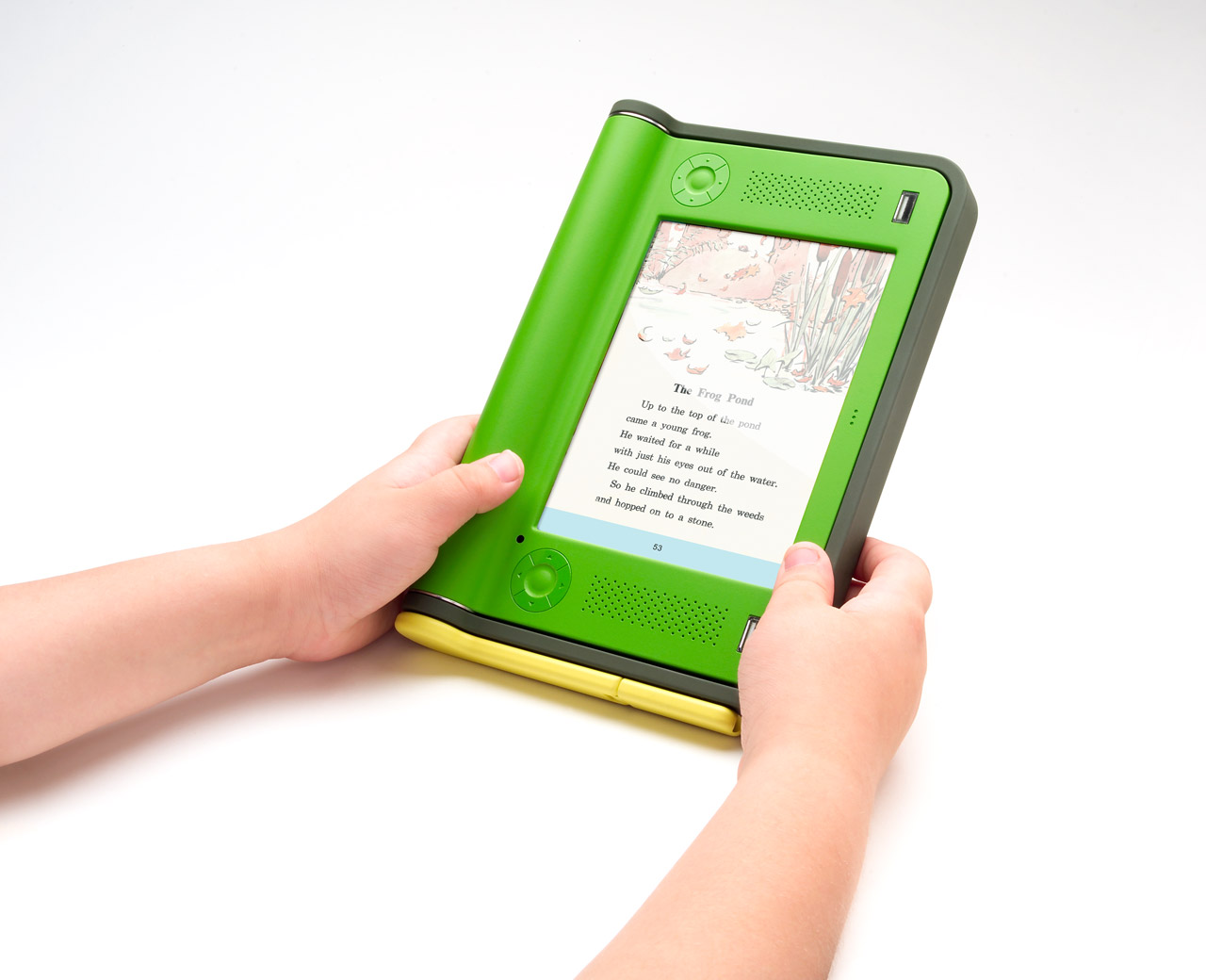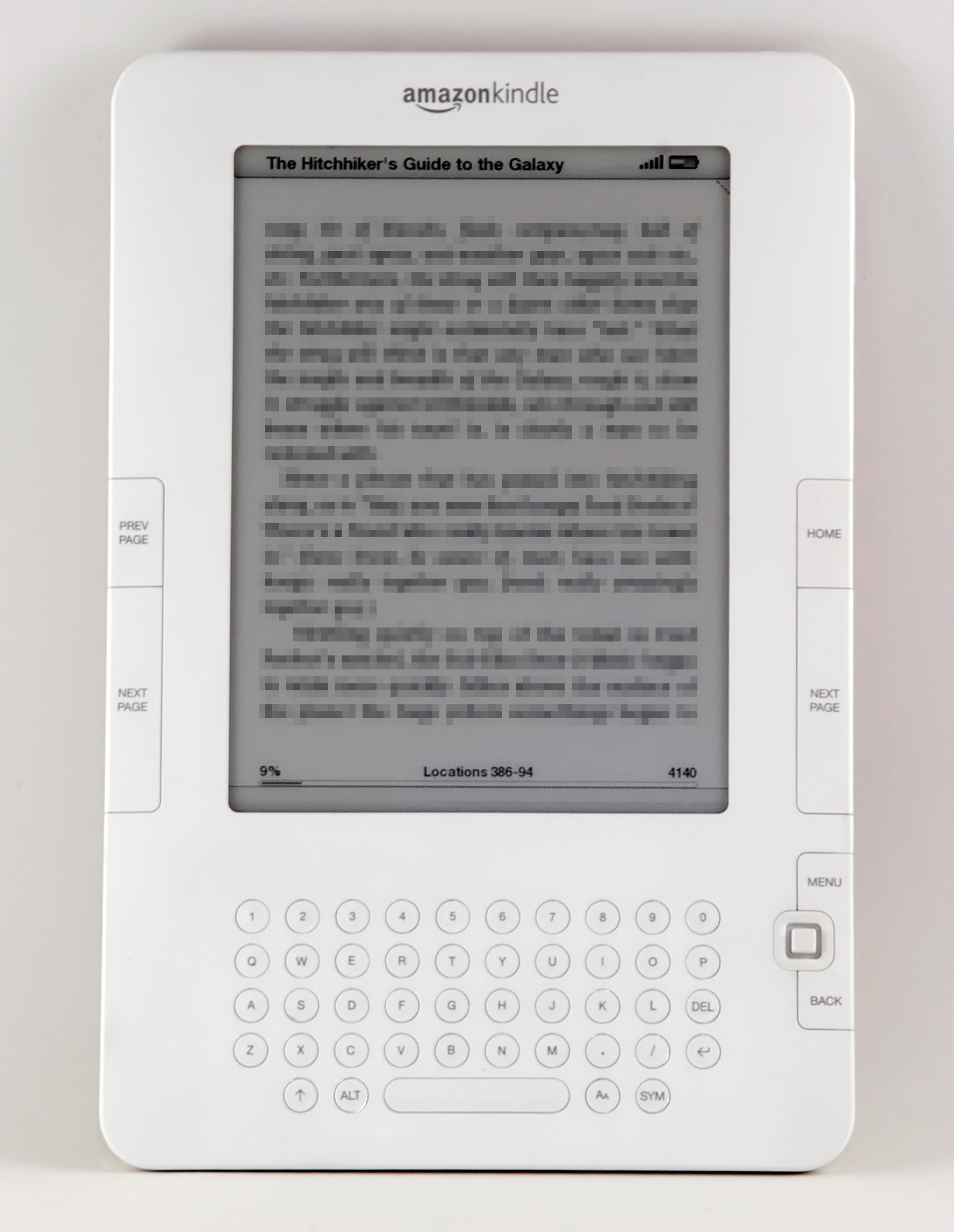
Basically, electronic books (e-book, for short) are digital versions of your usual paperbacks [1] . Most of these e-books are supported by Adobe’s PDF format, although there are also some that are supported by independent and opensource programs[1]. Readers can well, read them on any device that can view the e-books, but there are also e-book readers whose main purpose is to view the e-book.
How is it digitized?
Scanners are used to transfer text from the book to the computer. Because some books can be damaged, robotic book scanners are used to prevent this. Nowadays, there are also publishers who, not only publish the paperback, but also create the e-book version [1].
How can I get one?
There are various book stores that distribute e-books such as Barnes & Noble. The process is simple:
“First you register your eBook on the Internet to get the user name and password you'll need to make purchases online. Then you browse the B&N website. When you select a book you want, it's encrypted and beamed to your desktop computer. You can store it there or send it on to your eBook using a simple "librarian" software interface.” [2]
Aside from book stores, readers can utilize the Internet. E-books can be downloaded from different distributors on the Internet. [3] However, because of piracy, some publishers do not allow their paperbacks to be converted to e-books.
I want one, but which one?
Although e-books can be viewed in different devices such as laptops and cellphones, there are e-book readers in the market today. According to reviews posted for the 2009 eBook Reader Product Comparisons, Amazon has created the Top 1 e-book reader called Kindle 2 [4, 5]. Next in line is the Sony Reader PRS-700 and the Sony Reader PR-505, followed by Astak EZ Reader, iRex Digital Reader, and the Cybook Zen3 [5]. The Amazon Kindle [4]
The Amazon Kindle [4]
 The Amazon Kindle [4]
The Amazon Kindle [4]However, a survey was conducted by International Digital Publishing Forum in February 200, and it showed that many e-book users prefer to read on a different device other than the reader [6]:
Device Number of users
Personal Digital Device (Palm etc.) 79%
Laptop 8%
Desktop PC 7%
Dedicated Reading Device 4%
Other 1%
Cell Phone 1%
E-book readers are designed to be lightweight, as part of its features; however, one disadvatange of having one is the very fact that it is electronic. It consumes battery, and so its batteries should be replaced or charged for continuous usage. Another is that it is susceptible to damage, and it is most likely to get stolen compared to paperbacks. Screen resolution is also a factor, although there are some readers who allow its users to adjust font face and size. Sometimes, there are also text-to-speech programs that convert e-books to audio books, meaning all you have to do is listen to the book being read [1].
Being part of this technology-driven age, everything is slowly being simplified for us. Are you ready to be digitized?
Sources:
[1]From: http://en.wikipedia.org/wiki/E-book
[2] From: http://www.time.com/time/magazine/article/0,9171,990884,00.html
[3] From: http://home.in.tum.de/~ziaie/files/presentations/2006-12-01_CDTM_BasicSeminar_Final-report.pdf
[4] From: http://en.wikipedia.org/wiki/Kindle_2#Kindle_2
[5] From: http://ebook-reader-review.toptenreviews.com/
[6] From: http://home.in.tum.de/~ziaie/files/presentations/2006-12-01_CDTM_BasicSeminar_Final-report.pdf
No comments:
Post a Comment